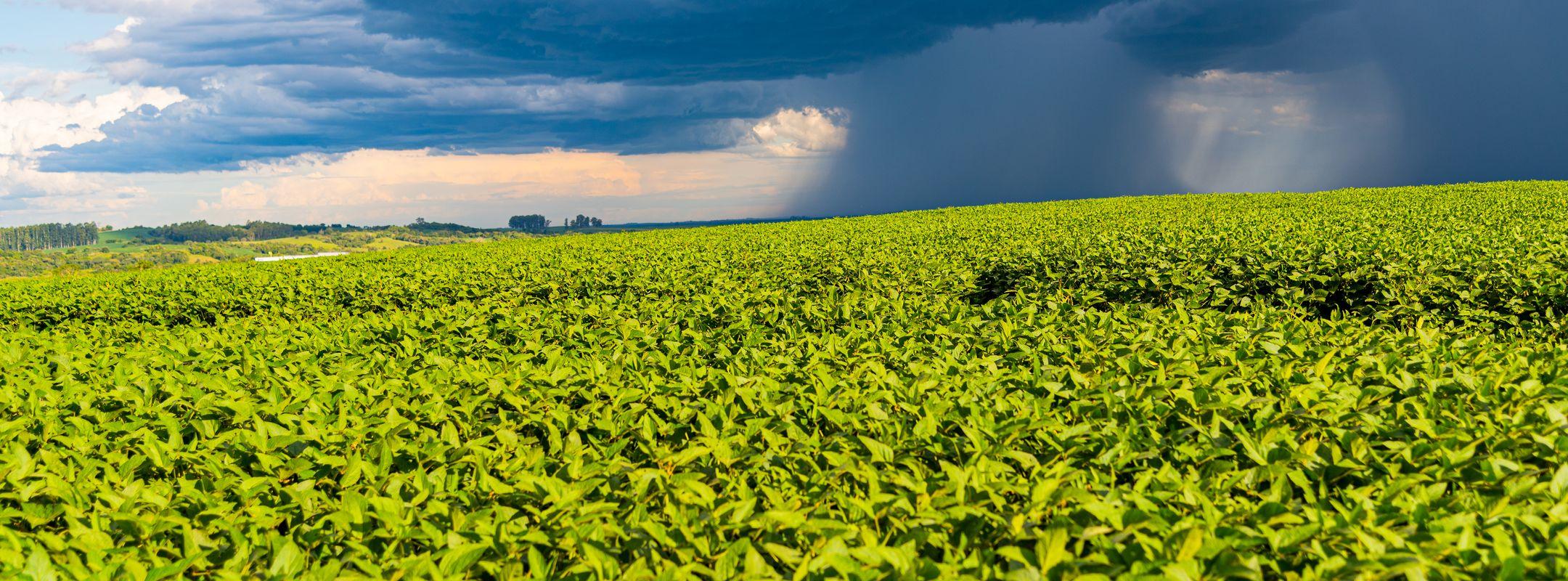How Brazil’s soy traders can identify climate risks
13 Jan 2021
5 min read
New research combining Trase data and climate change projections could help soy traders understand and manage their risk exposure.

STORM OVER A SOY PLANTATION IN BRAZIL / ALEX RODRIGO BRONDANI / ISTOCK.COM